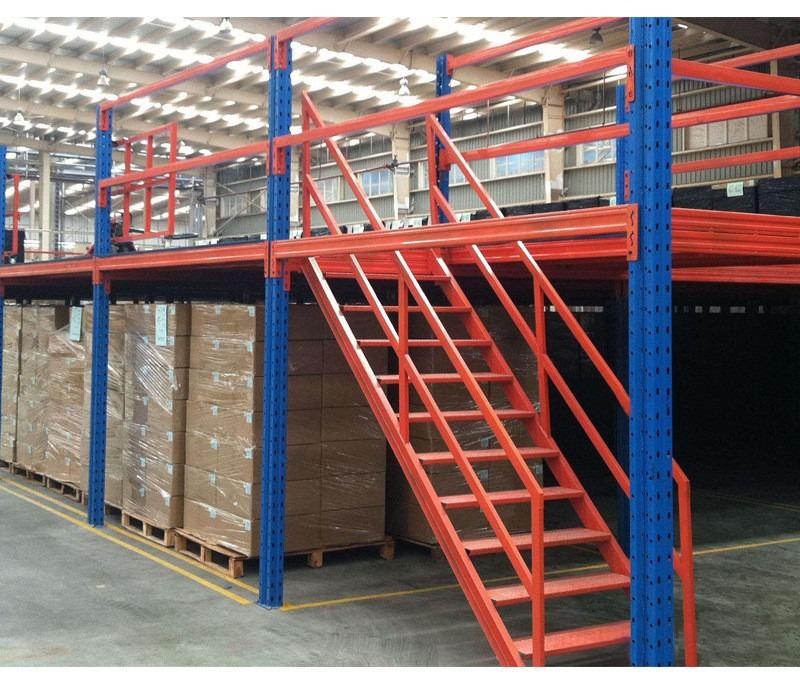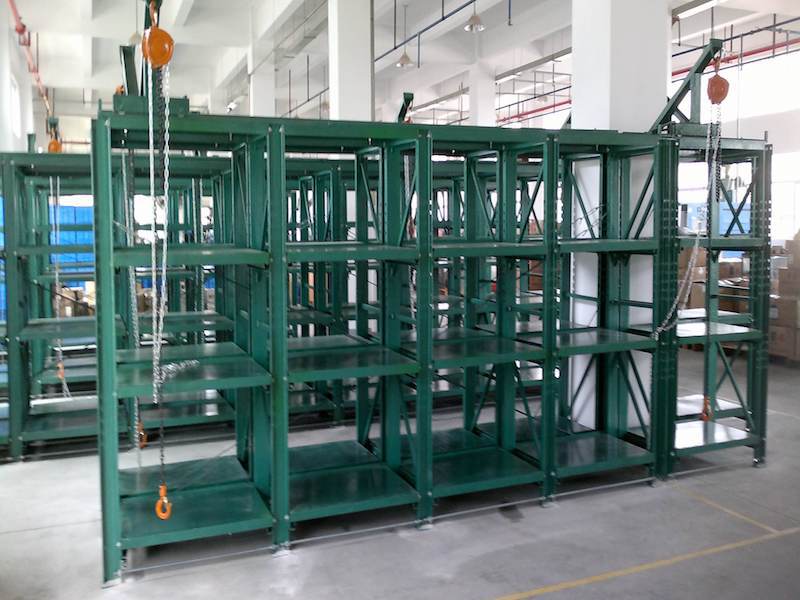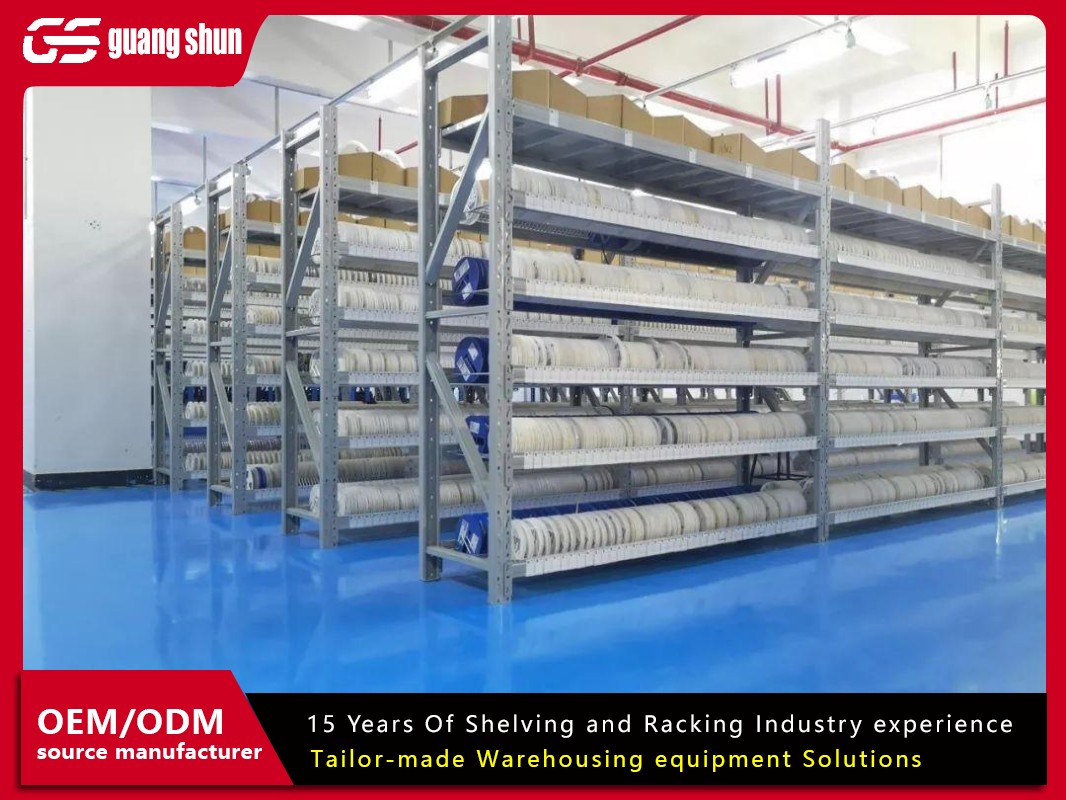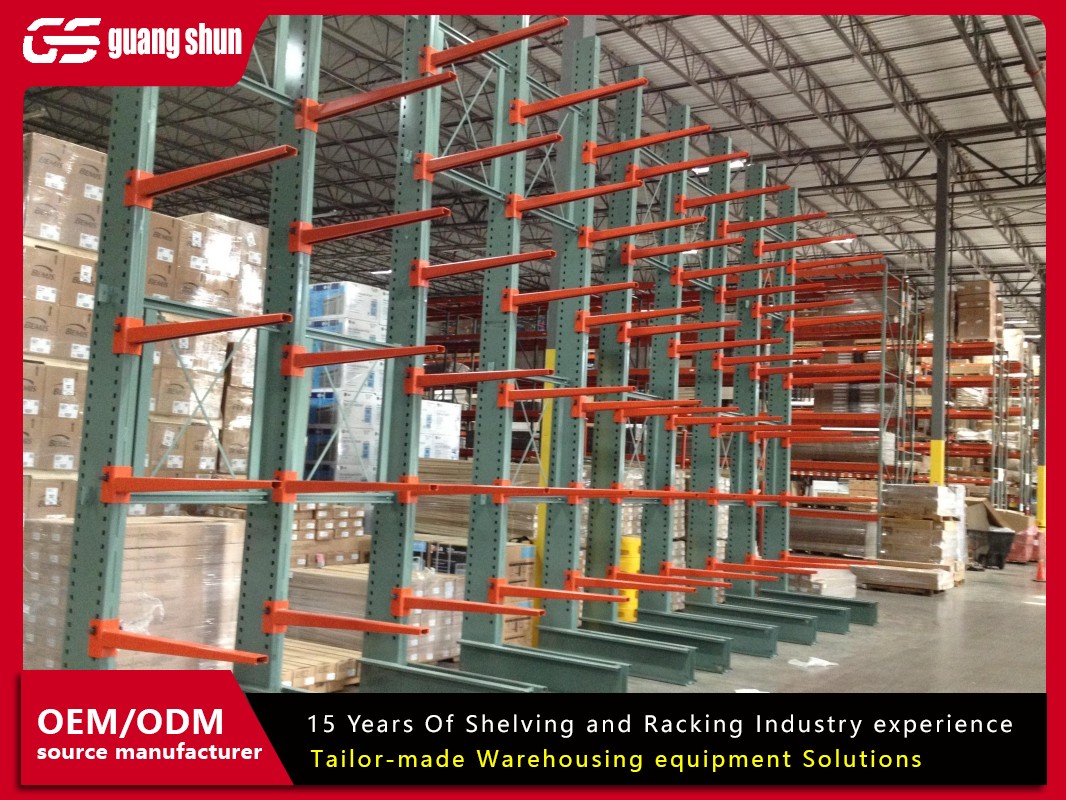When you step into a modern warehouse, the first thing that catches your eye is often the intricate layout of shelves and racks—the backbone of any storage operation. But have you ever stopped to think about how much thought goes into that setup? Warehouse racking design isn't just about stacking goods; it's a science that balances space, accessibility, and cost. In today's fast-paced logistics world, a poorly designed racking system can lead to wasted space, slower operations, and even safety hazards. On the flip side, a well-planned design can boost efficiency, reduce costs, and scale with your business growth. In this article, we'll dive into the nuts and bolts of warehouse racking design, compare popular systems, and show how companies like Guangshun are helping businesses transform their storage spaces. Whether you're setting up a new facility or optimizing an existing one, understanding these principles can make a world of difference.

What Exactly Is Warehouse Racking Design?
At its core, warehouse racking design refers to the strategic planning and arrangement of storage systems within a warehouse to optimize space, improve inventory management, and enhance operational flow. It's not just about picking the tallest racks or the cheapest options; it involves analyzing factors like inventory type, warehouse dimensions, and workflow patterns. For instance, a design that works for palletized goods in a distribution center might fail in a cold storage facility. A solid warehouse racking design ensures that every square foot is used effectively, minimizing dead zones while maximizing accessibility. This process often includes 3D modeling and load calculations to prevent overloading and ensure compliance with safety standards. In essence, it's the blueprint that dictates how efficiently your warehouse operates day in and day out.
Types of Warehouse Racking Systems: A Side-by-Side Comparison
When it comes to warehouse racking design, one size doesn't fit all. Different systems cater to varied needs, and choosing the right one can hinge on factors like inventory turnover, product size, and budget. Let's compare some common types to see how they stack up.
Selective Pallet Racking: This is the go-to choice for many warehouses because of its flexibility. It allows direct access to every pallet, making it ideal for facilities with a high variety of SKUs. However, it might not be the best for dense storage, as aisles take up significant space. In terms of warehouse racking design, selective systems are often recommended for operations prioritizing quick retrieval.
Drive-In and Drive-Through Racking: These systems are designed for high-density storage, where space is at a premium. With drive-in racking, forklifts enter the same aisle to store and retrieve goods, which works well for products with low turnover, like seasonal items. Drive-through racking, on the other hand, allows access from both ends, suited for first-in, first-out (FIFO) inventory. The trade-off? They require skilled operators and can slow down retrieval times compared to selective setups.
Cantilever Racking: Perfect for long, bulky items like pipes or furniture, cantilever systems feature arms that extend from vertical columns, eliminating the need for front posts. This makes loading and unloading easier. In a warehouse racking design focused on irregularly shaped goods, cantilever racking often outshines others in terms of adaptability.
Push-Back Racking: This system uses a series of carts on inclined rails to store multiple pallets deep. When a new pallet is added, it pushes the others back, allowing for last-in, first-out (LIFO) retrieval. It's a middle ground between selectivity and density, but it can be costlier to install and maintain.
Mobile Racking: For warehouses with limited space, mobile systems involve racks mounted on tracks that can be shifted to create aisles only when needed. This can increase storage density by up to 100%, but it requires a solid floor and might not suit high-traffic environments.
Comparing these, selective racking wins on accessibility, while drive-in systems excel in space utilization. Your choice should align with your inventory profile and operational goals. Companies like Guangshun often conduct assessments to help businesses pick the right fit, ensuring the warehouse racking design supports long-term growth.
Key Factors to Consider in Warehouse Racking Design
Designing an effective racking system isn't a guessing game; it requires a methodical approach. Here are some critical factors that can make or break your warehouse racking design.
Inventory Characteristics: Start by analyzing your products—their weight, dimensions, and fragility. Heavy items might need reinforced racking, while small parts could benefit from shelving units. Also, consider how often items are accessed; high-turnover goods should be placed in easily reachable zones. This step is foundational to any warehouse racking design, as it influences the choice of system and layout.
Warehouse Layout and Dimensions: The physical space, including ceiling height, floor load capacity, and column placements, plays a huge role. For example, a warehouse with high ceilings might leverage vertical space with narrow-aisle racking, while a low-ceiling facility could focus on horizontal expansion. Accurate measurements prevent future issues like clearance problems or inefficient aisle widths.
Safety and Compliance: A robust warehouse racking design must adhere to local regulations and safety standards. This includes load ratings, seismic considerations, and fire codes. Regular inspections and proper signage are part of this, reducing risks of collapses or accidents. Guangshun, for instance, integrates safety audits into their design process, ensuring systems meet industry benchmarks.
Scalability and Future Growth: Your storage needs will evolve, so the design should allow for easy modifications. Modular systems that can be reconfigured or expanded save time and money down the line. Think about how technology integrations, like automation, might fit in—this forward-thinking approach is what sets apart a static design from a dynamic one.
Cost and ROI: While upfront costs matter, consider the long-term return on investment. A cheaper system might lead to higher maintenance or lower efficiency. Weigh factors like installation time, durability, and potential throughput increases. In many cases, investing in a customized warehouse racking design from experts like Guangshun pays off through reduced operational costs.
By addressing these factors, you can create a warehouse racking design that not only meets current demands but also adapts to future challenges.

The Benefits of Optimizing Your Warehouse Racking Design
Why go through the hassle of a detailed warehouse racking design? The rewards are substantial and touch every aspect of your operations.
Maximized Storage Capacity: A well-thought-out design can increase storage density by up to 50%, meaning you store more without expanding your footprint. This is crucial in urban areas where real estate costs are high. By using vertical space and reducing aisle widths, you make every inch count.
Improved Efficiency and Productivity: When items are organized logically, picking and restocking times drop significantly. For example, a design that groups fast-moving items near shipping areas can cut travel time for workers. This leads to faster order fulfillment and happier customers—a direct boost to your bottom line.
Enhanced Safety: Properly designed racking reduces the risk of accidents like falls or collapses. By ensuring loads are evenly distributed and aisles are clear, you create a safer environment for employees. This not only protects your team but also lowers insurance premiums and liability issues.
Cost Savings: Though optimization might require an initial investment, it slashes long-term expenses. You'll see reductions in energy costs (e.g., better lighting in organized aisles), less product damage, and lower labor costs due to streamlined processes. In one case, a client of Guangshun reported a 20% drop in operational costs after revamping their warehouse racking design.
Scalability and Flexibility: As your business grows, a scalable design lets you adapt without major overhauls. You can add new sections or integrate technologies like RFID tracking seamlessly. This agility is key in today's volatile market, where demand can shift overnight.
In short, a smart warehouse racking design isn't a luxury—it's a necessity for staying competitive. It transforms your storage area from a cost center into a strategic asset.
How Guangshun Elevates Warehouse Racking Design
When it comes to implementing these principles, partnering with experienced providers can make all the difference. Guangshun, a trusted name in storage solutions, brings a practical approach to warehouse racking design. They start with a thorough site assessment, using tools like laser scanning to capture precise measurements. Then, their team collaborates with clients to develop customized plans that balance cost, space, and functionality. For example, in a recent project for a retail distributor, Guangshun designed a hybrid system combining selective and push-back racking, which increased storage capacity by 30% while improving pick rates. Their focus on durable materials and compliance ensures that designs stand the test of time. Moreover, Guangshun offers ongoing support, from installation to maintenance, helping businesses tweak their warehouse racking design as needs evolve. By leveraging their expertise, companies can avoid common pitfalls and achieve a layout that drives efficiency from day one.
Common Questions About Warehouse Racking Design
Q1: What is the first step in planning a warehouse racking design?
A1: The first step is conducting a detailed inventory analysis. This involves assessing the types, sizes, weights, and turnover rates of your products. Understanding these factors helps determine the most suitable racking system and layout, ensuring the design aligns with your operational needs.
Q2: How often should a warehouse racking design be reviewed or updated?
A2: It's recommended to review your warehouse racking design at least annually, or whenever there are significant changes in inventory volume, product mix, or business processes. Regular audits help identify wear and tear, capacity issues, or opportunities for optimization, keeping the system efficient and safe.
Q3: Can warehouse racking design integrate with automation technologies?
A3: Yes, modern warehouse racking design often incorporates automation, such as automated storage and retrieval systems (AS/RS) or conveyor belts. By planning for these technologies upfront, you can create a seamless flow that boosts speed and reduces manual labor, though it may require adjustments in load capacities and aisle designs.
Q4: What are the common mistakes to avoid in warehouse racking design?
A4: Common mistakes include underestimating load weights, ignoring future growth, and neglecting safety codes. Also, using generic designs without customizing for specific inventory can lead to inefficiencies. Working with experts like Guangshun can help avoid these pitfalls through tailored solutions and compliance checks.
Q5: How does warehouse racking design impact sustainability?
A5: An optimized warehouse racking design promotes sustainability by reducing waste—for instance, through better space use that minimizes the need for new construction. It can also lower energy consumption by improving lighting and ventilation in organized layouts. Additionally, durable designs from providers like Guangshun often use recyclable materials, contributing to eco-friendly operations.
In conclusion, warehouse racking design is a critical element that shapes the efficiency, safety, and scalability of your storage operations. By comparing systems, considering key factors, and leveraging expertise from companies like Guangshun, you can build a foundation that supports business growth for years to come. If you're planning a new project or upgrade, remember that a thoughtful approach to warehouse racking design pays dividends in every pallet stored and every order shipped.







